#Iron County
Explore tagged Tumblr posts
Text










Forest (No. 86)
Zion Overlook, UT
#USA#travel#original photography#vacation#tourist attraction#landmark#landscape#countryside#summer 2022#woods#flora#nature#clouds#Zion Overlook#Iron County#Utah#forest#tree#fir#pine
7 notes
·
View notes
Text

Sherman, Iron County, Wisconsin, United States of America
Dave Hoefler
#Sherman#Iron County#Wisconsin#United States of America#WINature#United States#USA#US#North America#Fall#Autumn
1 note
·
View note
Text
Frontier Homestead State Park Museum

View On WordPress
0 notes
Text










Second day of fall along Muddy Creek at the historic Virginia Iron Furnace near Albright, West Virginia.
#appalachia#vandalia#west virginia#flora#wildflowers#muddy creek#preston county#albright#virginia iron furnace#crooked-stemmed aster#crooked stem aster#bluestem goldenrod#blue-stemmed goldenrod#fungi#woodland stonecrop#fall#autumn
62 notes
·
View notes
Text
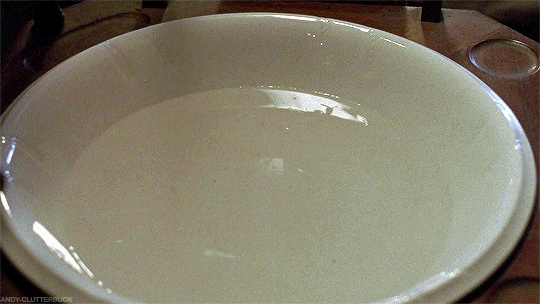

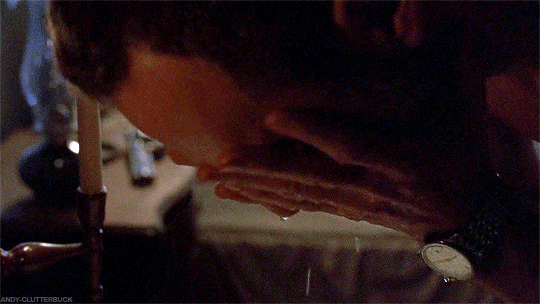
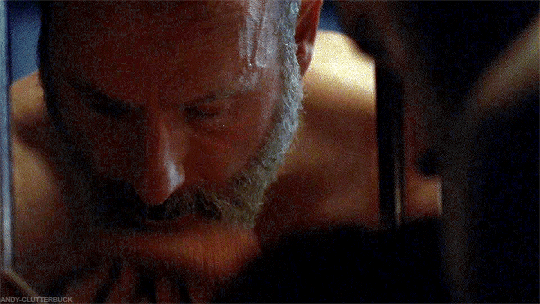
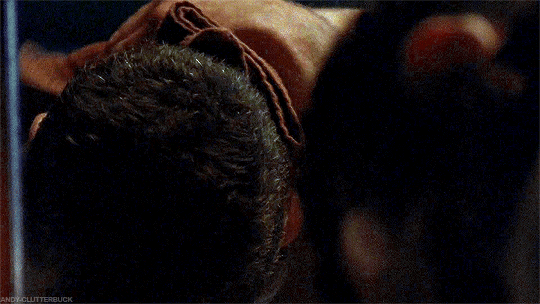
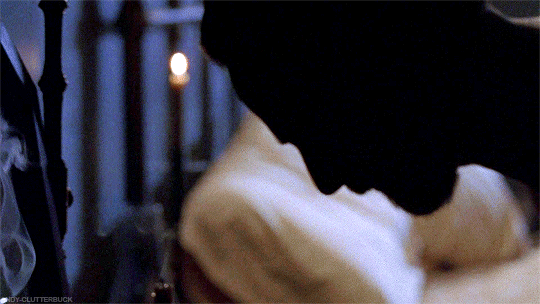
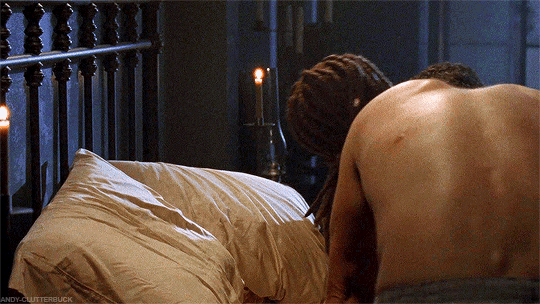
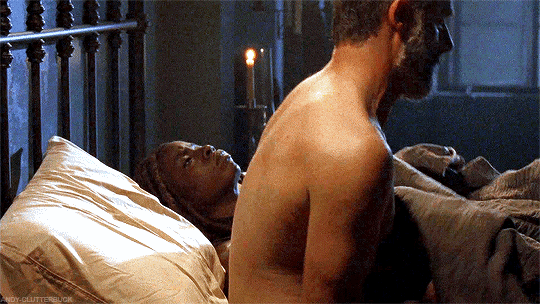
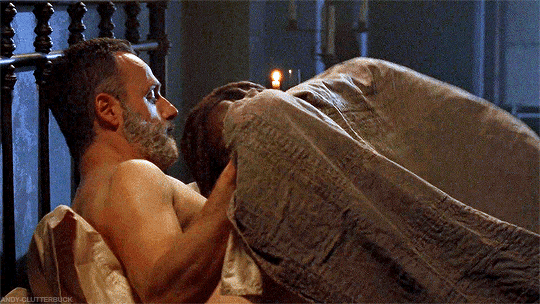
9x01 | requested by Anonymous
#here ya go! 💕#Rick Grimes#Michonne#Richonne#*#rg#S9#why is rick washing his face my favorite?#the world may never know#Papa Bear 🐻💖#💕 fuzzy daddy 💕#still want to rub his head like it's a crystal ball and i'm a cheap ass fortune teller at a county fair#H A N D S#also his arm hair but i'm not gonna be that weird right now#that face is the actual iron throne#me loving the domestic normal stuff must be a day that ends in y
346 notes
·
View notes
Text
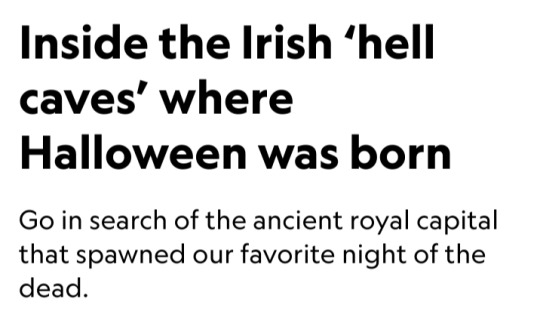
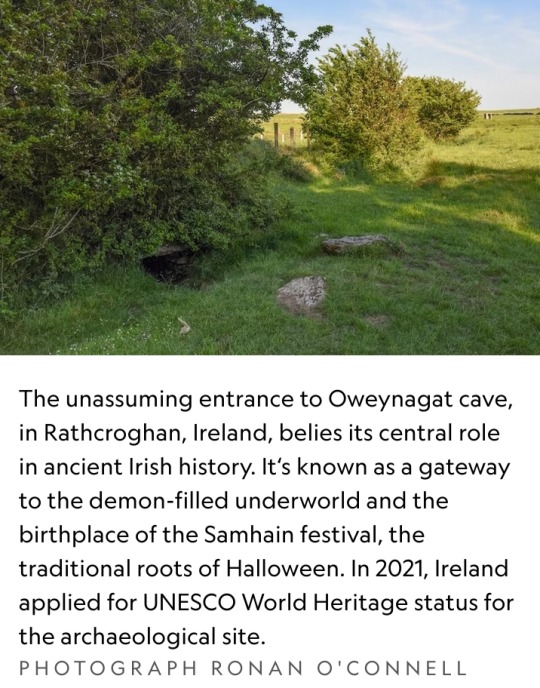
Story and photographs by Ronan O’Connell
September 26, 2023
In the middle of a field in a lesser known part of Ireland is a large mound where sheep wander and graze freely.
Had they been in that same location centuries ago, these animals might have been stiff with terror, held aloft by chanting, costumed celebrants while being sacrificed to demonic spirits that were said to inhabit nearby Oweynagat cave.
This monumental mound lay at the heart of Rathcroghan, the hub of the ancient Irish kingdom of Connaught.
The former Iron Age center is now largely buried beneath the farmland of County Roscommon.
In 2021, Ireland applied for UNESCO World Heritage status for Rathcroghan (Rath-craw-hin). It remains on the organization's tentative list.

Rooted in lore
Spread across more than two square miles of rich agricultural land, Rathcroghan encompasses 240 archaeological sites, dating back 5,500 years.
They include burial mounds, ring forts (settlement sites), standing stones, linear earthworks, an Iron Age ritual sanctuary — and Oweynagat, the so-called gate to hell.
More than 2,000 years ago, when Ireland’s communities seem to have worshipped nature and the land itself, it was here at Rathcroghan that the Irish New Year festival of Samhain (SOW-in) was born, says archaeologist and Rathcroghan expert Daniel Curley.
In the 1800s, the Samhain tradition was brought by Irish immigrants to the United States, where it morphed into the sugar overload that is American Halloween.
Dorothy Ann Bray, a retired associate professor at McGill University and an expert in Irish folklore, explains that pre-Christian Irish divided each year into summer and winter.
Within that framework were four festivities.
Imbolc, on February 1, was a festival that coincided with lambing season.
Bealtaine, on May 1, marked the end of winter and involved customs like washing one’s face in dew, plucking the first blooming flowers, and dancing around a decorated tree.
August 1 heralded Lughnasadh, a harvest festival dedicated to the god Lugh and presided over by Irish kings.
Then on October 31 came Samhain, when one pastoral year ended and another began.
Rathcroghan was not a town, as Connaught had no proper urban centers and consisted of scattered rural properties.
Instead, it was a royal settlement and a key venue for these festivals.
During Samhain, in particular, Rathcroghan was a hive of activity focused on its elevated temple, which was surrounded by burial grounds for the Connachta elite.
Those same privileged people may have lived at Rathcroghan. The remaining lower-class Connachta communities resided in dispersed farms and descended on the site only for festivals.
At those lively events they traded, feasted, exchanged gifts, played games, arranged marriages, and announced declarations of war or peace.
Festivalgoers also may have made ritual offerings, possibly directed to the spirits of Ireland’s otherworld.
That murky, subterranean dimension, also known as Tír na nÓg (Teer-na-nohg), was inhabited by Ireland’s immortals, as well as a myriad of beasts, demons, and monsters.
During Samhain, some of these creatures escaped via Oweynagat cave (pronounced “Oen-na-gat” and meaning “cave of the cats”).
“Samhain was when the invisible wall between the living world and the otherworld disappeared,” says Mike McCarthy, a Rathcroghan tour guide and researcher who has co-authored several publications on the site.
“A whole host of fearsome otherworldly beasts emerged to ravage the surrounding landscape and make it ready for winter.”
Thankful for the agricultural efforts of these spirits but wary of falling victim to their fury, the people protected themselves from physical harm by lighting ritual fires on hilltops and in fields.
They disguised themselves as fellow ghouls, McCarthy says, so as not to be dragged into the otherworld via the cave.
Despite these engaging legends — and the extensive archaeological site in which they dwell — one easily could drive past Rathcroghan and spot nothing but paddocks.
Inhabited for more than 10,000 years, Ireland is so dense with historical remains that many are either largely or entirely unnoticed.
Some are hidden beneath the ground, having been abandoned centuries ago and then slowly consumed by nature.
That includes Rathcroghan, which some experts say may be Europe’s largest unexcavated royal complex.
Not only has it never been dug up, but it also predates Ireland’s written history.
That means scientists must piece together its tale using non-invasive technology and artifacts found in its vicinity.
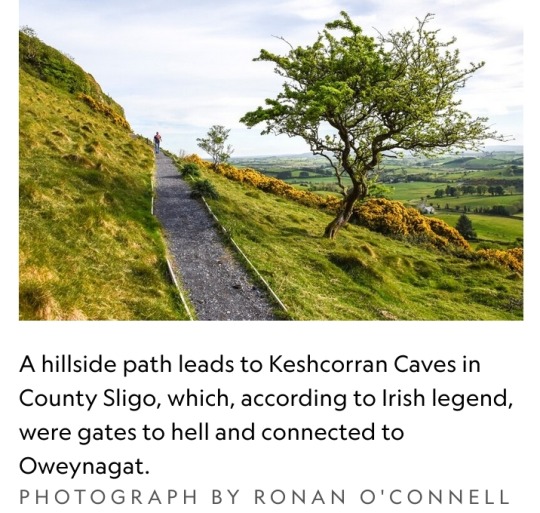
While Irish people for centuries knew this site was home to Rathcroghan, it wasn’t until the 1990s that a team of Irish researchers used remote sensing technology to reveal its archaeological secrets beneath the ground.
“The beauty of the approach to date at Rathcroghan is that so much has been uncovered without the destruction that comes with excavating upstanding earthwork monuments,” Curley says.
“[Now] targeted excavation can be engaged with, which will answer our research questions while limiting the damage inherent with excavation.”
Becoming a UNESCO site
This policy of preserving Rathcroghan’s integrity and authenticity extends to tourism.
Despite its significance, Rathcroghan is one of Ireland’s less frequented attractions, drawing some 22,000 visitors a year compared with more than a million at the Cliffs of Moher.
That may not be the case had it long ago been heavily marketed as the “Birthplace of Halloween,” Curley says.
But there is no Halloween signage at Rathcroghan or in Tulsk, the nearest town.
Rathcroghan’s renown should soar, however, if Ireland is successful in its push to make it a UNESCO World Heritage site.
The Irish Government has included Rathcroghan as part of the “Royal Sites of Ireland,” which is on its newest list of locations to be considered for prized World Heritage status.
The global exposure potentially offered by UNESCO branding would likely attract many more visitors to Rathcroghan.
But it seems unlikely this historic jewel will be re-packaged as a kitschy Halloween tourist attraction.
“If Rathcroghan got a UNESCO listing and that attracted more attention here that would be great, because it might result in more funding to look after the site,” Curley says.
“But we want sustainable tourism, not a rush of gimmicky Halloween tourism.”
Those travelers who do seek out Rathcroghan might have trouble finding Oweynagat cave.
Oweynagat is elusive — despite being the birthplace of Medb, perhaps the most famous queen in Irish history, 2,000 years ago.
Barely signposted, it’s hidden beneath trees in a paddock at the end of a one-way, dead-end farm track, about a thousand yards south of the much more accessible temple mound.
Visitors are free to hop a fence, walk through a field, and peer into the narrow passage of Oweynagat.
In Ireland’s Iron Age, such behavior would have been enormously risky during Samhain, when even wearing a ghastly disguise might not have spared the wrath of a malevolent creature.
Two millennia later, most costumed trick-or-treaters on Halloween won’t realize they’re mimicking a prehistoric tradition — one with much higher stakes than the pursuit of candy.

#Rathcroghan#Connaught#County Roscommon#UNESCO World Heritage#Samhain#Imbolc#Bealtaine#Lughnasadh#Tír na nÓg#Oweynagat cave#Ireland#remote sensing technology#Birthplace of Halloween#Halloween#Royal Sites of Ireland#Halloween tourism#Medb#Oweynagat#Iron Age#Irish history#archaeological site
105 notes
·
View notes
Text
Iron Man visits the White House

#Trump#Donald Trump#President Trump#White House#Irvine#Irvine California#City of Irvine#Irvine College#Downtown Irvine#Orange County#Orange County California#USA#America#American President#Irvine Spectrum#Irvine Spectrum Center#Inrvine Spectrum Shopping Center#IRON MAN#IRONMAN
8 notes
·
View notes
Text

Dún Aonghasa II, Inishmor, Aran Islands, County Galway, 2013.
A drystone fortress facing the open sea on the largest of the Aran Islands, the oldest part of the ruins date from about 1100 BCE. This bronze age/iron age fortress is evidence of an impressive amount of labor in the pre-literate era.
#archaeology#fortress#stone#iron age#bronze age#inishmor#aran islands#county galway#ireland#2013#photographers on tumblr
#archaeology#fortress#stone#iron age#bronze age#inishmor#aran islands#county galway#ireland#2013#photographers on tumblr
10 notes
·
View notes
Text

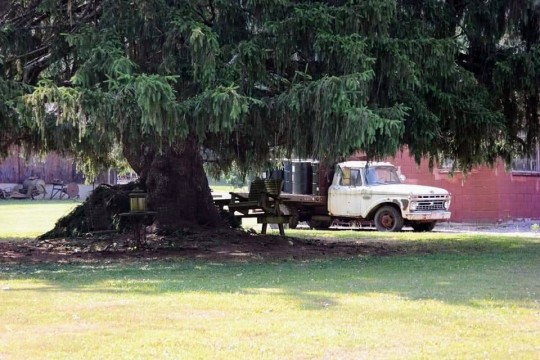

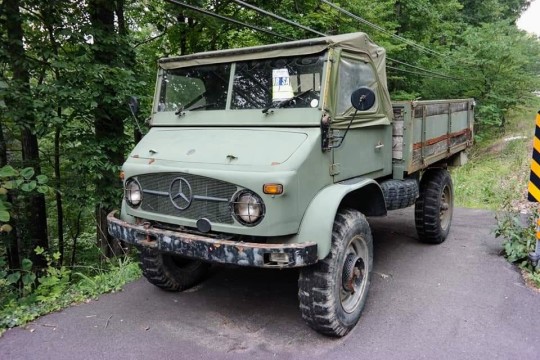
Some old trucks I saw in & around Nashville, IN. Sadly I couldn't convince my wife how much better our life would be with a 56 Unimog in it.
104 notes
·
View notes
Photo
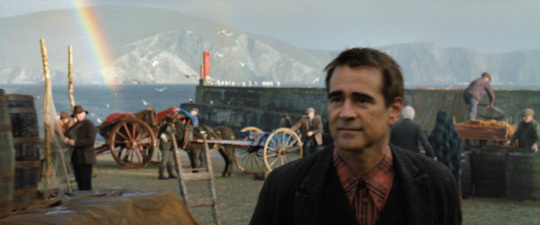
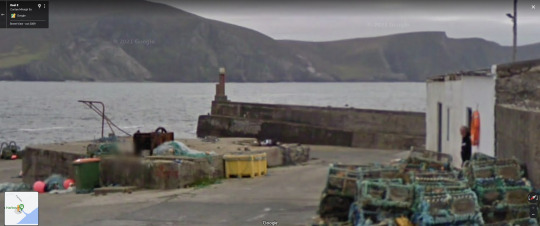


The Banshees of Inisherin Martin McDonagh. 2022
Port Purteen Harbour, Keel East, Co. Mayo, Ireland See in map
See in imdb
#martin mcdonagh#the banshees of inisherin#colin farrell#achill island#county mayo#ireland#purteen#rainbow#cross#iron cross#movie#cinema#keel#film#location#google maps#street view#2022
28 notes
·
View notes
Text
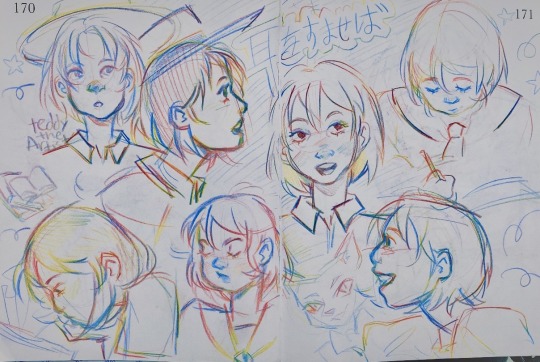
Shizuku my beloved
#whisper of the heart#truly my favourite Ghibli film HANDS DOWN#Ghibli#and I hate that many reviewers chose to only do Miyazaki movies when making lists#like bro this masterpiece is so important but you ignore it just cuz it’s not dir by him omg#the reason I enjoy county roads non ironically#ngl#also when is it my turn#I also want an amasawa Seiji#Tsukishima Shizuku#seiji amasawa#Art#sketch dump#fanart#ghibli fanart#studio ghibli
20 notes
·
View notes
Text










Forest (No. 85)
Zion Overlook, UT
#USA#travel#original photography#vacation#tourist attraction#landmark#landscape#countryside#summer 2022#woods#flora#nature#clouds#Zion Overlook#Iron County#Utah#forest#tree#fir#pine
7 notes
·
View notes
Text

Weathered, rusting away
#quiet#photography#my photos#photographer#photo#photograph#photooftheday#beautiful place#places#ireland#county clare#“Weathered”#rusty#rustyfence#weathering#weathered#metal#iron#fence#old#historical#abandoned#abandonedplaces#lonely#nature#architecture#rustied#rusticdoor#empty#empty spaces
7 notes
·
View notes
Text

I was cooking tonight and I had a flashback of my Grandmother frying something in a cast iron skillet. She told me the secret to her delicious food was to not change the grease in the flying pan. As I get older, I realize the thing that makes me special is the thing that I felt always held me back. Whether it be my accent or something else, I‘ve always had Appalachian stamped on the front of my head. It’s who I am, it’s what I love - it’s my home.
Tonight, as I was cooking, I kept thinking about my what my Grandmother said - “don’t change the grease”. It applies to cooking and to this life we lead as Appalachians.
The grease makes us who we are. The grease makes us different. The grease makes us special. Don’t change your grease. ❤️
(By Breonna Douglas)
#appalachian#appalachian mountains#north carolina#appalachian culture#appalachia#western north carolina#the south#nc mountains#mcdowell county#mcdowellcounty#appalachian food#southern food#cast iron#life lessons#dont change
58 notes
·
View notes
Text



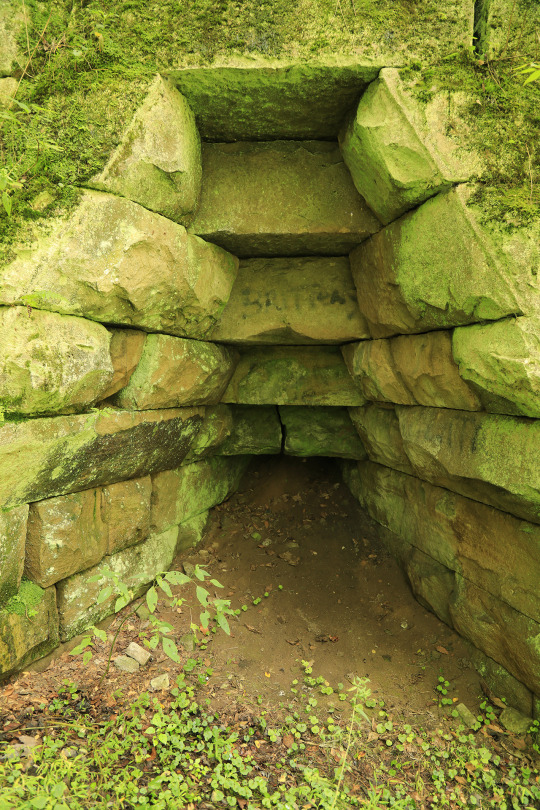

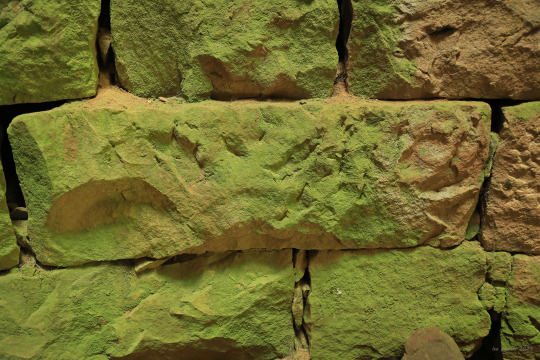
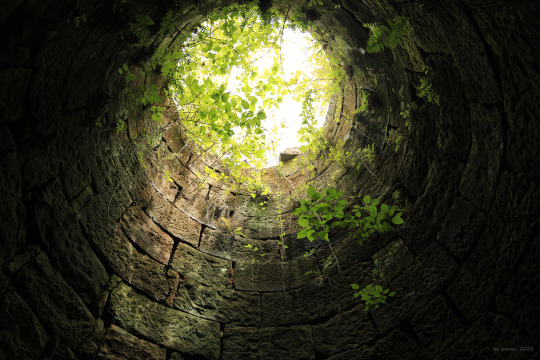

The Virginia iron furnace near Albright, West Virginia is one of a handful of water-powered blast furnaces still standing; they were constructed to smelt pig iron, a key ingredient in steel, in the early days of America's industrial area. Iron ore and limestone from the local mountains were poured onto burning charcoal from the top of the furnace, and molten iron ran out the bottom. The temperature of the charcoal was maintained by a bellows powered by a waterwheel, which was turned by water diverted from adjacent Muddy Creek. Built in 1854, the furnace ran until the end of the 19th Century, and was eventually acquired and preserved by the Daughters of the American Revolution. The structure has since been added to the National Register of Historic Places. In addition to its historical significance and beautiful setting next to Muddy Creek, the furnace also apparently serves as a clandestine meeting place for those seeking a more personal form of recreation (seriously, people will do it anywhere).
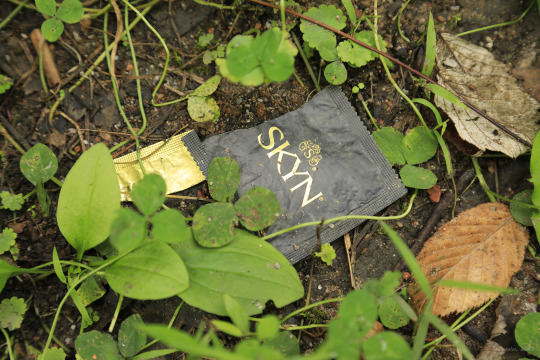
#appalachia#vandalia#west virginia#iron furnace#iron ore#pig iron#preston county#muddy creek#cheat river#industrial history#human history#smelting#virginia iron furnace#national register of historic places#daughters of the american revolution
74 notes
·
View notes
Text

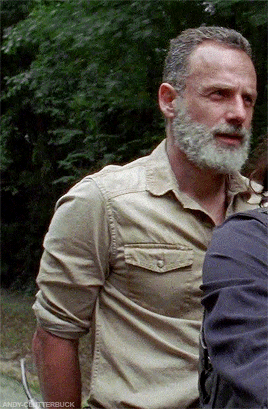



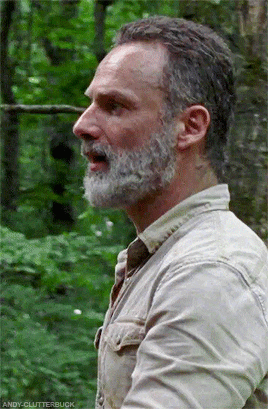
9x04 | The Obliged
#Papa Bear 🐻💖#Rick Grimes#*#rg#S9#HELLO MY GORGEOUS OLD MAN#💕 fuzzy daddy 💕#still want to rub his head like it's a crystal ball and i'm a cheap ass fortune teller at a county fair#look at his beautiful rectangle head#SANTA FACE#his open collar would a nice place to rest your face#im just sayin#just hang out there and have a think#steal his heat listen to that drawl in your ear#god i will truly never be over this look#when you put your hands on both sides of a cat's face and scratch? yeah#that face is the actual iron throne#i'll start the war to sit there ⚔
232 notes
·
View notes